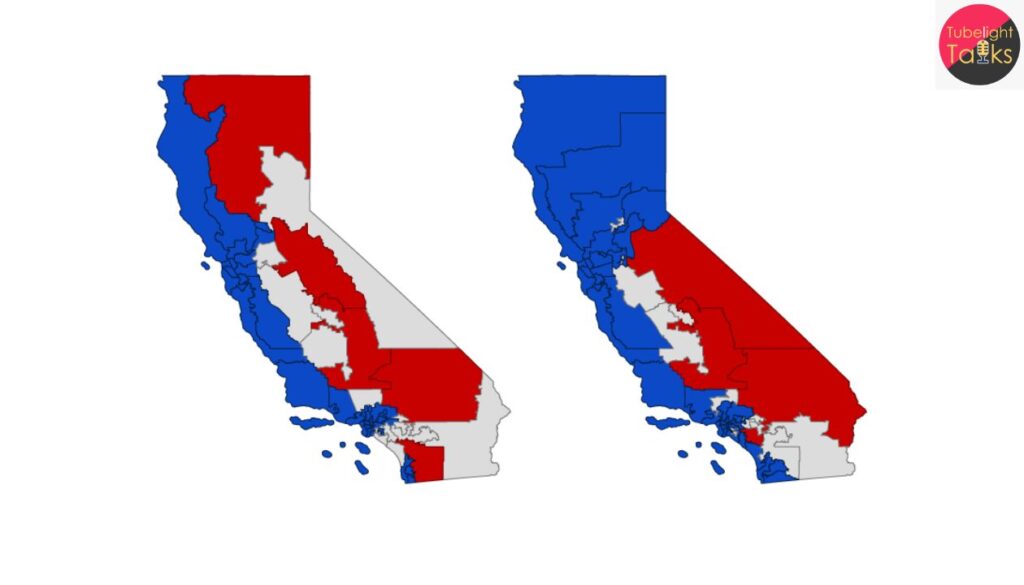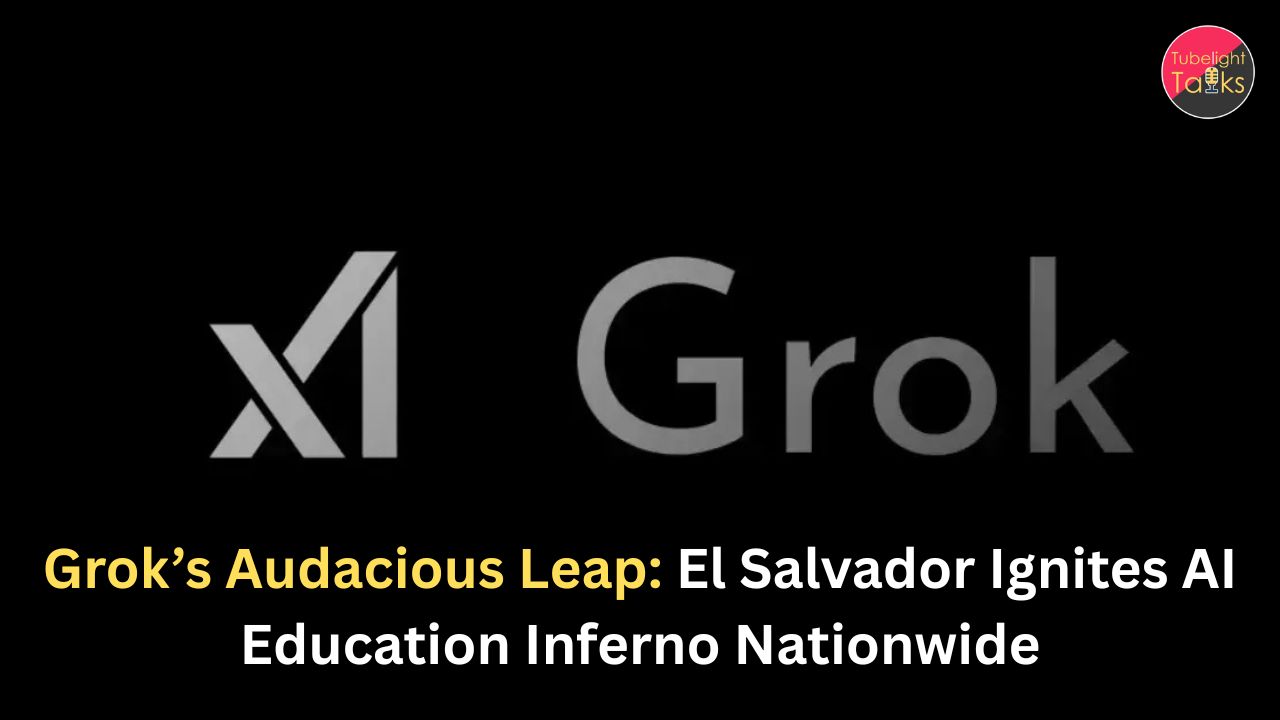Approve Proposition 50: California voters have approved Proposition 50, a landmark ballot measure that redraws the state’s congressional districts, giving Democrats a significant advantage heading into the 2026 midterm elections. Backed by Governor Gavin Newsom, Barack Obama, and top Democratic leaders, the measure replaces maps drawn by California’s independent redistricting commission with new, legislature-crafted maps designed to favor Democrats in at least five key U.S. House districts.
Supporters hail it as a defense against Republican-led redistricting efforts in Texas and other GOP states, while critics condemn it as partisan gerrymandering that undermines fair representation.
Key Takeaways on California Proposition 50 Special Election
- Proposition 50 Passed: California voters approved the measure, allowing the Democratic-led legislature to redraw U.S. House districts.
- Political Impact: The new maps could help Democrats gain up to five additional seats in 2026.
- National Response: Proposition 50 serves as a counter to GOP-led redistricting in Texas, Ohio, North Carolina, and Missouri.
- Supporters: Governor Gavin Newsom, Barack Obama, George Soros, and Tom Steyer.
- Opponents: Arnold Schwarzenegger, Kevin McCarthy, and Charles Munger Jr. criticized it as an attack on fair maps.
- Voting Details: Polls closed at 8 p.m. local time, and early results began around 9 p.m.; mail-in ballots are accepted up to seven days postmarked by Election Day.
Democrats Celebrate a “Victory for Democracy”
Governor Gavin Newsom called the passage of Proposition 50 “a victory for the people of the United States,” emphasizing that the measure was about defending democracy. In his words, “It was not just a victory tonight for the Democratic Party — it was a victory for the principles our Founding Fathers lived and died for.”

Supporters like billionaire Tom Steyer described the outcome as “an enormous victory for our state, our country, and our democracy,” asserting that when Democrats fight for working people, “Democrats win.” The measure, approved by voters in a November 4 special election, gives California the authority to enact new maps for the 2026, 2028, and 2030 elections.
Republican Opposition and Legal Challenges Ahead
Prominent Republicans voiced deep frustration over Proposition 50’s approval. GOP Congressman Kevin Kiley, whose District 3 faces major changes, argued, “Fighting fire with fire burns everything down. With California’s new gerrymander, the redistricting arms race has no end in sight.”
Doug LaMalfa, representing District 1, warned that rural Californians would lose their voice under the new system and hinted at immediate legal action. Republican donor Charles Munger Jr. lamented the short timeframe and complexity of the decision, saying, “I am saddened by the passage of Proposition 50… but at least the people were educated about this critical issue.”
Jessica Millan Patterson, head of the “No on Prop 50” campaign, called the move “a power grab,” accusing Newsom of prioritizing national ambitions over California’s independent redistricting process.
Why California Proposition 50 Matters Nationally
Proposition 50 marks a major shift in America’s redistricting landscape. It was designed as a Democratic countermeasure to recent Republican map changes in Texas, where five GOP-favored seats were added at the urging of President Donald Trump.
California’s move gives Democrats a chance to neutralize those gains, making it a crucial part of the battle for control of the U.S. House of Representatives, where Republicans currently hold 219 seats to Democrats’ 213.
Former President Barack Obama endorsed the measure, urging voters to approve it: “Republicans want to steal enough seats in Congress to rig the next election… You can stop them in their tracks.”
Public Reaction: Divided Voters and Mixed Emotions
NPR’s coverage showed that even among Democrats, opinions were split. Many acknowledged the discomfort of backing a partisan gerrymander but justified it as “fighting fire with fire.”
Los Angeles voter Adelaide Stone Van Gessel said, “We’re gerrymandering to stop gerrymandering.”
Voters like Stephanie Eberstein and Eva Hernandez echoed the sentiment, saying Democrats had no choice but to act to “counteract Trump.”
Meanwhile, Republicans like Kathy Brewer and Betty Roth argued the decision “wastes money” and silences the state’s few GOP voices. California currently has 52 House districts, of which only nine are held by Republicans.
Campaign Spending and Targeted Districts
The campaign surrounding Proposition 50 was one of California’s most expensive, with over $100 million spent — two-thirds from Democratic supporters. Republican opponents struggled to fund opposition ads.
The five targeted Republican-held districts most affected by the new maps include:
- District 1 – Doug LaMalfa
- District 3 – Kevin Kiley
- District 22 – David Valadao
- District 41 – Ken Calvert
- District 48 – Darrell Issa
These redrawn maps merge conservative rural areas with Democratic-leaning urban zones, such as Marin County, to boost Democratic chances in 2026.
A Pivotal Moment in the U.S. Redistricting Politics
Analysts describe Proposition 50’s passage as a defining moment in the ongoing national redistricting war. While Republican-led states like Missouri, Ohio, and North Carolina pursue similar redraws, Democrats have now made their most significant move in deep-blue California.
An AP Voter Poll revealed that about 7 in 10 Californians said party control of Congress was “very important,” with 8 in 10 citing the need to counter Republican actions in other states as their reason for supporting Prop 50.
Although Trump dismissed the process as “rigged,” California’s Secretary of State Shirley Weber rejected those claims as baseless.
Also Read: Trump Questions $21 Million Voter Grant, Sparks Political Storm as DOGE Pulls Funding
A Redrawn Future for America’s Political Map
California’s approval of Proposition 50 has redrawn more than just congressional boundaries — it has redrawn the rules of political engagement. As Democrats celebrate a strategic victory and Republicans prepare legal battles, the state’s decision underscores how deeply divided the nation’s redistricting fight has become. With five new Democrat-leaning seats on the line, the 2026 midterms could redefine control of Congress — and the balance of U.S. power. In an era where fairness and partisanship blur, California’s Proposition 50 stands as both a political gamble and a defining statement.
FAQs on California Proposition 50
1. What is California Proposition 50?
Proposition 50 is a ballot measure allowing California’s legislature to redraw congressional districts, giving Democrats an advantage ahead of the 2026 U.S. House elections.
2. Who supported Proposition 50 in California?
Proposition 50 was backed by Governor Gavin Newsom, Barack Obama, Tom Steyer, and George Soros as a move to counter Republican-led redistricting in other states.
3. Which states influenced California’s Proposition 50 decision?
Proposition 50 was introduced as a response to Republican redistricting in Texas, North Carolina, Ohio, and Missouri that added GOP-leaning congressional districts.
4. How many congressional seats could Democrats gain under Proposition 50?
The new California redistricting plan could make up to five Republican-held U.S. House districts more favorable to Democrats in the 2026 elections.
5. Why is California Proposition 50 controversial?
Critics call Proposition 50 partisan gerrymandering that undermines California’s independent redistricting commission, while supporters see it as defending democracy against GOP map manipulation.










